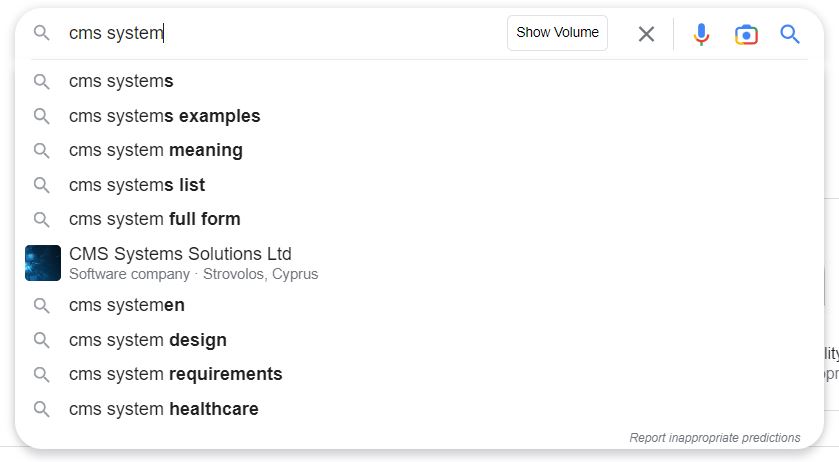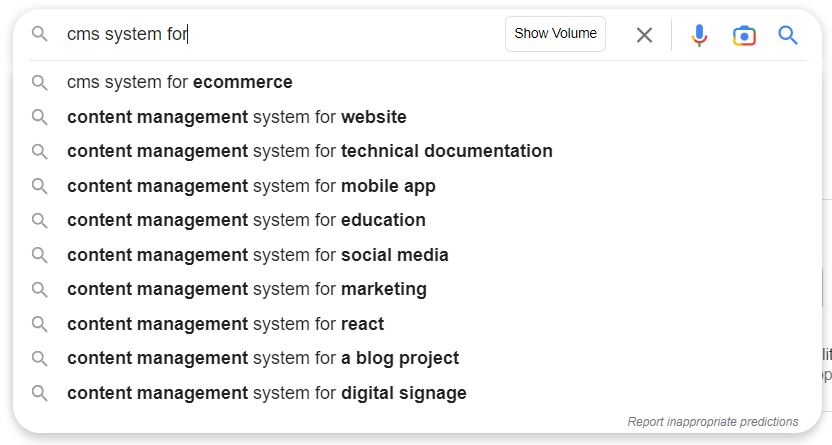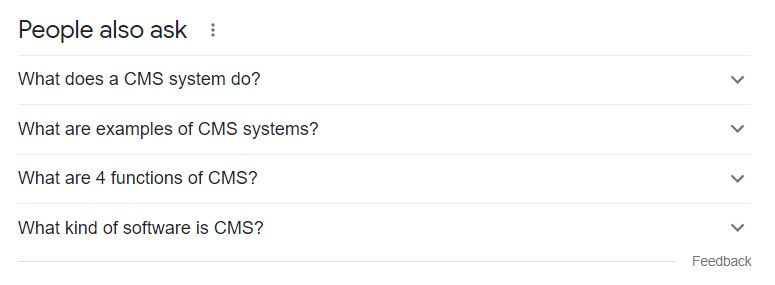When it comes to search engine optimisation (SEO) it can often feel impossible to rank highly on search engines when more established competitors are targeting the same core keywords. What is the answer? Targeting long-tail keywords.
In this blog, we’ll examine in further detail:
- What is a long-tail keyword?
- Why are they called long-tail keywords?
- What are the different types of long-tail keywords?
- The benefits of long-tail keywords for SEO
- How to find long-tail keywords with free tools
- Long-tail versus traditional keyword research
What is a long-tail keyword?
A long-tail keyword is a keyword phrase that will be more narrowly focused on a particular niche, they often contain more than three words. In comparison with shorter or head keywords, long-tail keywords usually have a lower search volume.
 Image Source| LOCALiQ.
Image Source| LOCALiQ.
Long-tail keywords offer marketers the best opportunity to connect with searchers who are more likely to buy a product or service. They focus on how your target audience searches, allowing you to rank highly for pertinent keywords and are likely to direct a significant amount of traffic with very high intent to your website. Here, quality above quantity is important!
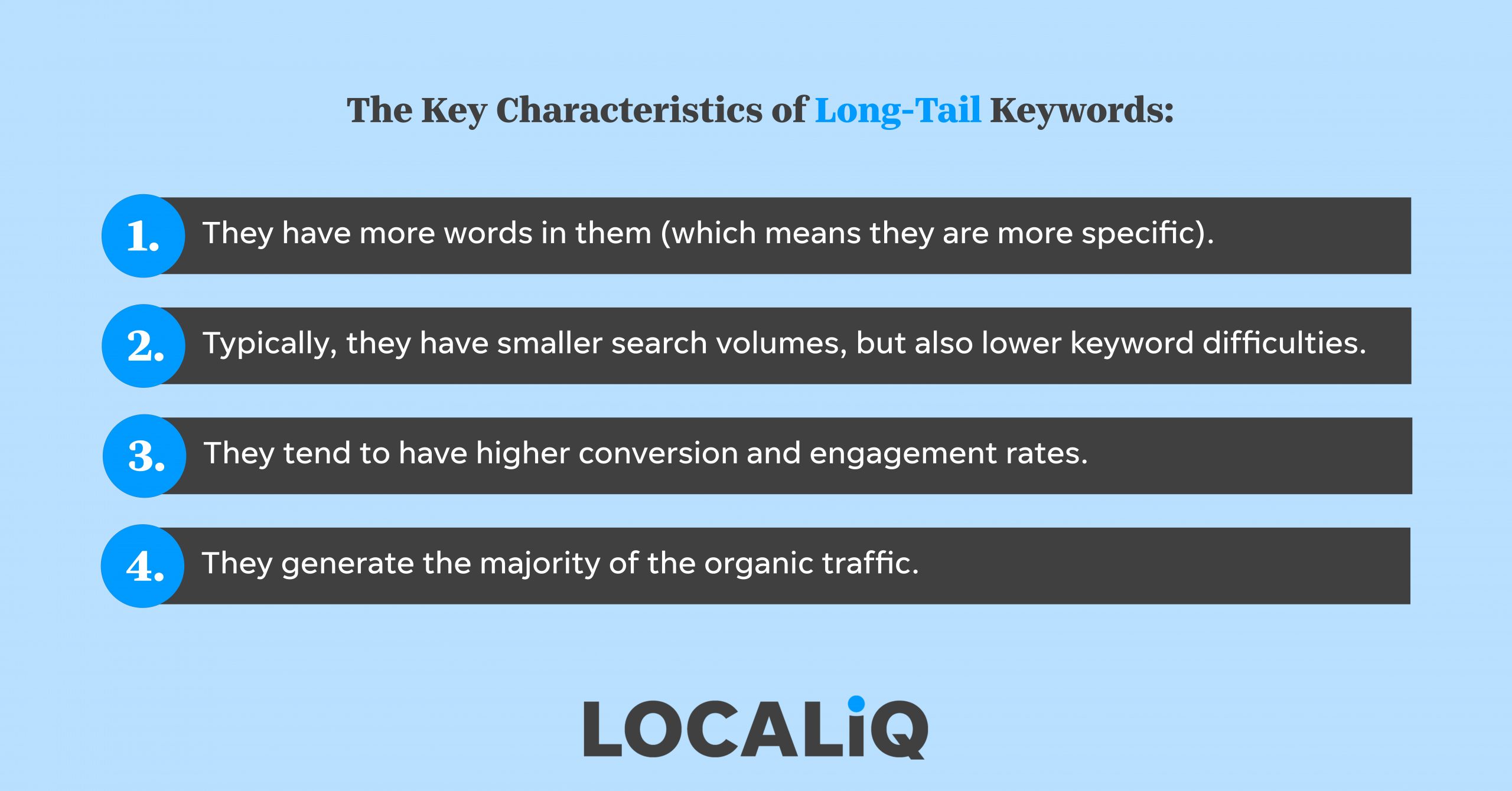 Image Source| LOCALiQ.
Image Source| LOCALiQ.
Why are they called long-tail keywords?
Now you may wonder where the name ‘long-tail keywords’ comes from, contrary to popular belief, the name does not refer to the number of words in the search term (although typically they are longer), but rather to the fact that they’re less competitive.
The term long-tail actually refers to the location of a long-tail keyword on a “search-demand curve.”
Search-demand curve
By looking at the search-demand curve, you can see multiple long-tail keywords are related to each common search term. The search-demand curve makes it clear that there is a huge opportunity to increase conversions by using the right long-tail keywords.
To explain further; at the head of the search-demand curve you have a small number of keywords that have huge monthly search volumes, in the middle of the curve you have a decent amount of keywords that have a good monthly search volume, and at the tail of the curve you have billions of niche keywords that have a low search volume. This tail accounts for a lot of the graph – hence the term long-term keywords.
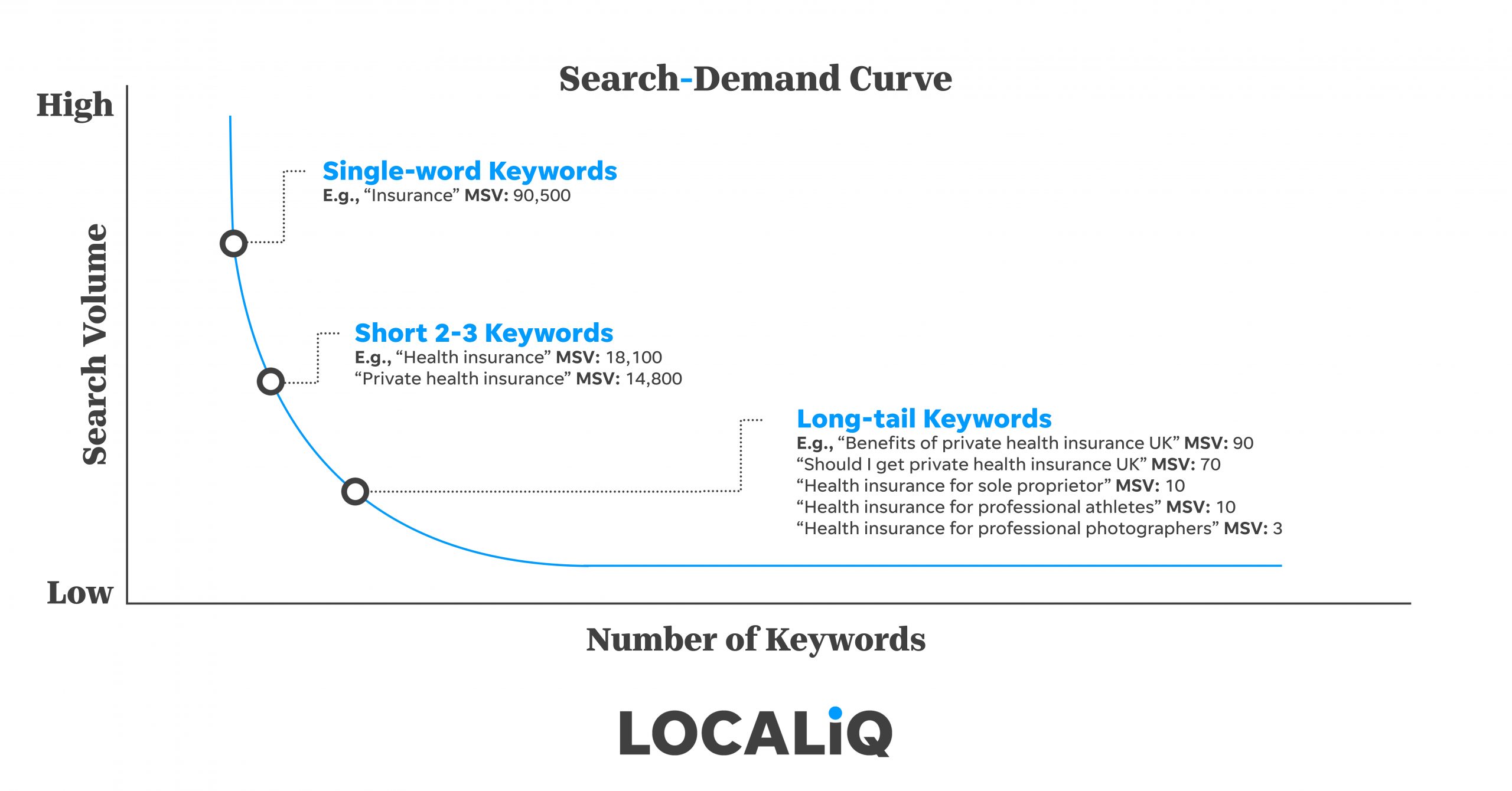 Image Source| LOCALiQ.
Image Source| LOCALiQ.
Due to search engine algorithms, ranking for a keyword with a high number of monthly queries will often be challenging and require a great deal of resources that will cost both time and money.
In the example keywords shown on the graph above, it makes more sense to try and rank for multiple long-tail keywords that all have lower search volume, but more focused intent, as these searches, are likely to come from people in the decision-making stage of their journey.
Whilst it might seem more tempting to try to rank for insurance as it has a higher search volume, it’s likely that the people making those searches are only in the initial research stage of their journey.
What are the different types of long-tail keywords?
There is no one-size-fits-all approach to long-tail keywords. Generally, there are two types: topical content and supporting content.
Topical long-tail keywords
These are more specific and less competitive long-tail keywords that are easier to rank for because they are topic based. Your keywords are not based on a general keyword, but rather on a specific product or topic.
Supporting long-tail keywords
Even though supporting long-tail keywords are technically still long-tail, they are more difficult to rank for than the long-tail keywords themselves. The reason for this is that Google is smart, and it takes into consideration common keywords when ranking such words. Additionally, ranking for the supporting term will also enable you to rank for the long-tail keywords that support it.
The benefits of long-tail keywords for SEO
As we’ve already mentioned, long-tail keywords are more precise than common search terms. This typically indicates that the searcher has given their previous search results more thought and is considering taking action on them. Let’s examine the main benefits of long-tail keywords:
1. Cost-effective
Long-tail keywords are more precise and less competitive, as was already established. As a result, if you’re utilising Google Ads, they will likely be less expensive to bid on than short-tail keywords. This implies that although your original investment will be a little less, you might earn a better return on investment (ROI).
2. Help produce content
Long-tail keywords tend to employ more specific terms that focus searches on particular search criteria like geographic location, age, or the nature of the products or services being searched. When looking at long-tail keywords, keep in mind that these might be used as sources for the content you later produce, such as blog entries.
These long-tail keywords will also provide insight into the search terms used by your audience, allowing you to change the content of your present website and develop new blogs with this information in mind. On a related note, blogging is an excellent strategy to improve your search engine rankings, so if you aren’t already, we advise you to start.
3. Benefit your short-tail keywords
Your long-tail keywords are likely to contain some short-tail phrases that you want to rank for because of their very nature. This will improve your ranking for your niche’s long-tail keywords while also assisting with your position on the most competitive short-tail keywords, resulting in a rise in organic traffic.
4. Improved conversion
Long-tail keywords will provide a more direct response to a searcher’s inquiry because they are more focused. When they locate what they are looking for in a search, people who use these terms typically have a better sense of what they want, making them more likely to click through and make a purchase.
5. Serve current and future clients
Long-tail keywords are more natural and more specialised than short-tail ones. Speech technology has been included in search technology as it develops and will do so more and more. Because they are more straightforward and consistent with how humans often communicate, long-tail phrases are frequently used when people conduct searches using voice.
You’ll be able to rank highly not only on typical online searches but also on voice search engines by using long-tail keywords!
6. Targeted intent is stronger with long-tail keywords
Informational, navigational, and transactional searches are the three basic categories of search intent inquiries. As previously mentioned, specific, long-tail keywords are typically utilised by searchers who are prepared to take action.
 Image Source| LOCALiQ.
Image Source| LOCALiQ.
Think of it this way. If someone wants to take a trip to York, they might either search “Best hotel prices in York” or “York vacation.” Which search seems more like research and which one is more like a purchase?
You may attract traffic more likely to convert with the help of keywords with transactional intent.
How to find long-tail keywords with free tools
Finding long-tail keywords for your business can be done in several different ways. Compared to standard keyword research, long-tail keyword research is slightly different. Due to the abundance of options, it’s crucial to concentrate on your expertise and the most relevant search terms associated with it.
Some of your choices are listed below:
1. Google
The dominant search engine. Google itself would be an excellent place to start if you wanted to rank highly on Google using long-tail keywords. It has a lot of options you can use to locate pertinent terms like:
- Autocomplete: Start by typing in keywords associated with your business. Then Google will recommend search terms for you automatically. The recommendations themselves may make excellent keyword possibilities. Here is what comes up when we key in CMS.
By providing more specific information, Google can generate more long-tail-oriented suggestions. Following are some suggestions for medium tails:
Now, here are some further long-tail keywords:
- People also ask: Google’s ‘people also ask’ box, which displays the search phrases used by users who were looking for similar things, is another great built-in resource. This can be found halfway down the page.
- Related searches: This box, which is located at the bottom of the results page, is the last built-in Google tool you can use. You can discover ideas for your keywords by simply searching for a term on Google and scrolling down to this section.
2. Online forums
Online forums are a great way to reach your target audience, particularly if you are familiar with your industry and the most active online communities. Go to any forum that those who are most interested in your sector, go to search for answers. Then start observing after that. Keep an eye out for questions. Be sure to concentrate on trending, topical, and popular discussion subjects.
3. Utilise a wide range of keyword research tools
When conducting keyword research, if you simply utilise one tool, you’re probably leaving out a tonne of long-tail keyword variations. An excellent place to start is with the basic keyword tool, Google (as mentioned above) but if you want t find more long-tail keywords, you should also consider the following:
- Free Keyword Tool from WordStream: This keyword tool provides more long-tail suggestions and identifies more keyword niches than the majority of competing tools.
- Google Trends: Keep up to date with what the world is searching for right now with Google Trends.
- Social media tools: Examples of these are Twitter Search and the keyword tool for YouTube.
Your chances of discovering additional long-tail keyword variations increase as you use more keyword research tools.
Long-tail versus traditional keyword research
Long-tail keyword research targets three major areas differently than regular keyword research.
Traffic
Traffic has two sides. On the one hand, a long-tail keyword receives substantially less traffic. On the other hand, you’ll rank higher, and the customer’s purpose will be greater when they search for these terms. As a result, it is untrue to assume that these keywords aren’t valuable or worth the effort. In many cases, adopting long-tail keywords is essential to directing the right traffic to your website.
Ranking
As we’ve already stated, ranking for a long-tail term is usually a lot simpler than for a standard, highly competitive search. This can be crucial to your SEO strategy if you work in a busy, competitive industry.
Website performance
The traffic that long-tail keywords provide to your website is of high quality. Consequently, attracting high-quality consumers who are prepared to make a purchase will result in reduced bounce rates and greater conversion rates.
If you’re not employing long-tail keywords, you’re losing out on a beneficial tool. They can be particularly helpful if you’re just getting started because they can give you a competitive advantage over most established rivals by assisting you in reaching niche audiences. Your search visibility will rise as a result, and brand trust will follow.
The best part is that there are many free tools you can start using right away to uncover excellent keywords that will lower your advertising expenditures, boost organic traffic, improve conversion rates, and boost your bottom line.
With our consultants, you are always up-to-date on the latest SEO trends and how your customers are using search engines. Don’t wait, contact one of them right away.



